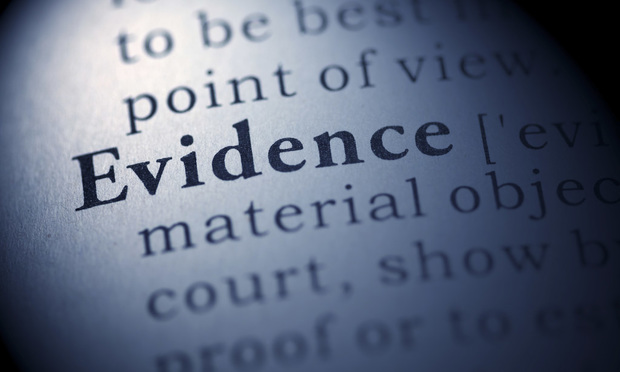There remains a sense among some federal district courts that a finding of “statistical significance” is required for an epidemiological study to pass muster under Daubert. See, e.g., In re Taxotere (Docetaxel) Prods. Liab. Litig., 2019 WL 3997122, at *2 (E.D. La. Aug. 23, 2019). Many of these courts similarly opine that evidence of a statistically significant association is a prerequisite to conducting a general causation analysis under the Bradford-Hill factors. In re Mirena lus Levonorgesterel-Related Prods. Liab. Litig. (No. II), 341 F.Supp.3d 213, 258 (S.D.N.Y. 2018). While such viewpoints have been cultivated by the defense bar for decades, they misapprehend the standard for assessing causality under Bradford-Hill and are inconsistent with U.S. Supreme Court precedent.
A Primer on Statistical Significance
To prevail in a toxic tort action, the plaintiff must show both general causation and specific causation. Under Federal Rule of Evidence 702, an expert can qualify if she has sufficient “knowledge, skill, experience, training, or education” to form a reliable opinion about an issue before the court. Fed.R.Evid. 702. The “reliable” component means that the expert’s opinion must be based on scientifically valid principles, reasoning, and methodology properly applied to the facts at issue. In pharmaceutical litigation, experts routinely rely upon peer-reviewed epidemiological literature, among other things, to form an opinion on general causation (i.e., whether an agent can cause a disease in the general population).


 Feng Yu – Fotolia
Feng Yu – Fotolia




